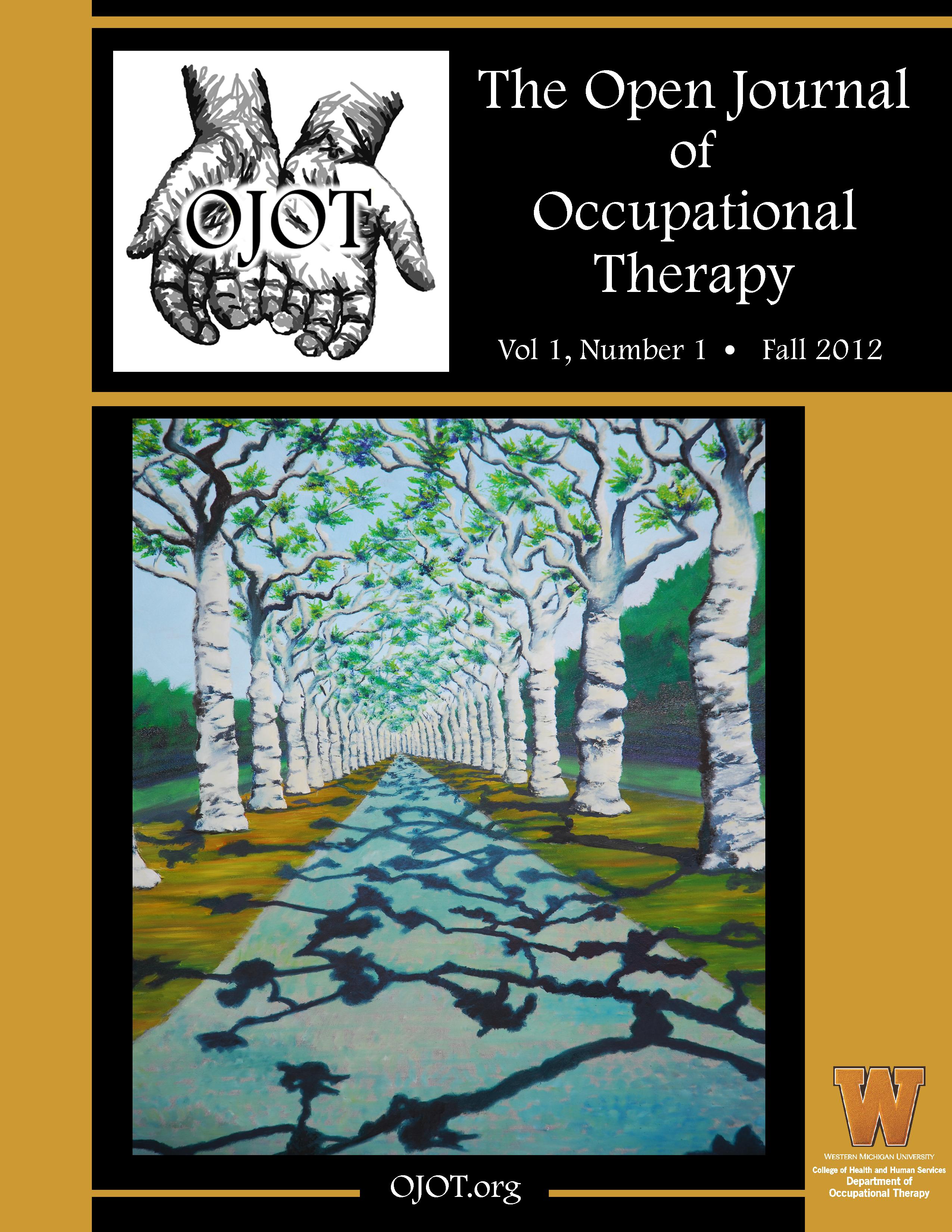ScholarWorks > HHS > OT > OJOT > Vol. 12 > Iss. 3 (2024)
Credentials Display
Dr. Kristin Willey, OTD, OTR/L; Dr. Dana M. Howell, PhD, OTD, OTR/L, FAOTA; Dr. Camille Skubik-Peplaski, PhD, OTR/L, FAOTA
Abstract
Background: Adolescents who identify as lesbian, gay, bisexual, transgender, intersex, asexual, and plus (LGBTQIA+) have reduced quality of health care because of stigma, lack of awareness, and insensitivity. Recently the American Occupational Therapy Association added sexual orientation and gender identity (SOGI) as a personal factor in the Occupational Therapy Practice Framework. It is important to understand how occupational therapists incorporate SOGI into their services provided to adolescents.
Purpose: This study explored if occupational therapists considered an adolescent client’s SOGI when providing services. Research questions included: do occupational therapists perceive that SOGI influences adolescents’ occupations, and do occupational therapists perceive gaps in their knowledge related to SOGI?
Method: A qualitative study using semi-structured interviews was conducted with four participants. Data was analyzed via open coding, then placed into categories, and then final themes.
Results: Three themes were identified from the data: Open and empathetic but uneducated about SOGI; SOGI does not influence practice; and occupational therapy could have a role with SOGI.
Conclusion: Occupational therapists may not consider SOGI when providing occupational therapy services to adolescents, and they may not be prepared to include SOGI because of gaps in their knowledge about SOGI-related factors and the influence on occupational engagement.
Recommended Citation
Willey, K. S., Howell, D., & Skubik-Peplaski, C. (2024). Occupational Therapists’ Consideration of Sexual Orientation and Gender Identity when Working with Adolescents: A Preliminary Study. The Open Journal of Occupational Therapy, 12(3), 1-10. https://doi.org/10.15453/2168-6408.2202



Comments
The authors declare that they have no competing financial, professional, or personal interest that might have influenced the performance or presentation of the work described in this manuscript.